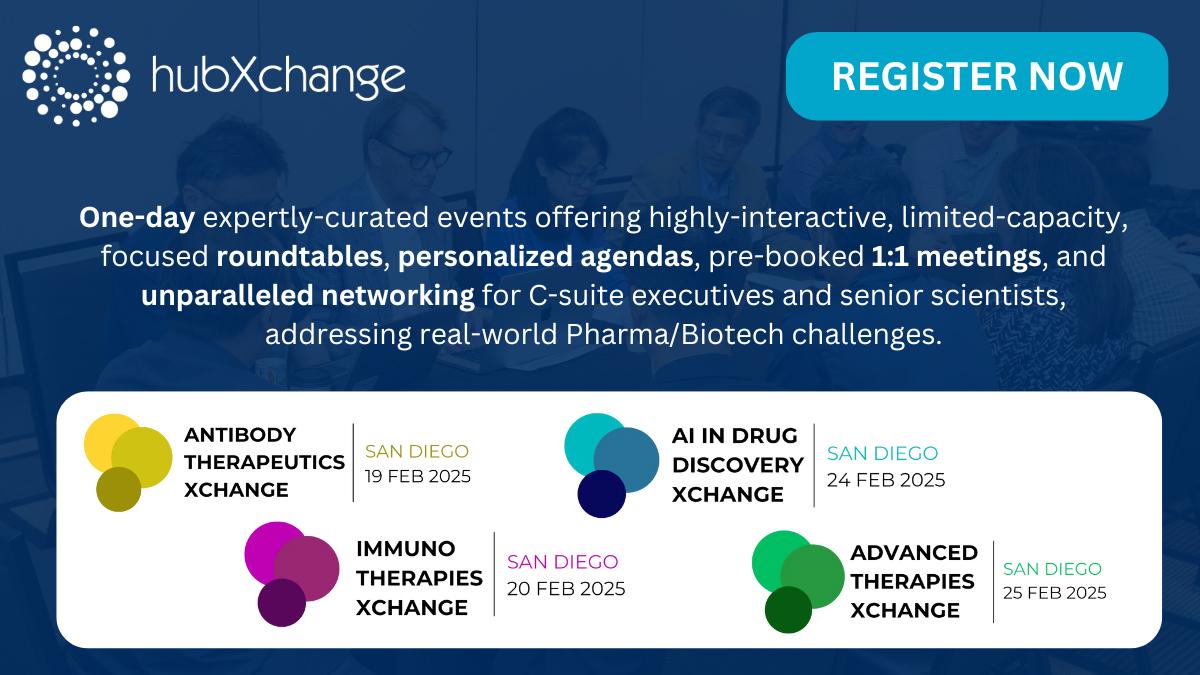How times have changed…

Neil Dickinson
Dice Medical Communications
I started out in the pharma industry in the early ‘80s as a GP rep in west London with a call rate of around six doctors in a typical morning. Selling a basic antibiotic and a painkiller that was probably no better than ibuprofen, it was remarkable the drama we were expected to bring to a sales pitch about products that nowadays are penny-a-bucket generics.
A modern day rep (or KAM I think we’re supposed to say) would certainly not believe that call rate, nor the simplicity of the products we were selling, but more than that, the very language swirling around their company’s marketing department would be totally different today.
In the 1980s, an iPad was a compression gauze under an eye patch and digital media meant flicking through a magazine with your fingers.
"…it was remarkable the drama we were expected to bring to a sales pitch about products that nowadays are penny-a-bucket generics."
The first fax machine and shortened deadlines
In my first job in pharmaceutical advertising (1984) I can clearly remember the day the agency fax machine was unveiled and we all stood around in awe watching the first grainy image creep out of it. Little did we know that it was a tiny step along a road leading to tighter and tighter deadlines: it was pure Parkinson’s Law in action – because clients knew they could fax back artwork changes to you they started to leave it to the last minute to do it, so squeezing the time to get things corrected and printed.
Again, to the modern agency Account Manager this would seem positively stone age. Now there is barely time to blink between sending high resolution images of work to your client and getting instant feedback – all frequently done without actually talking to each other.
Rare diseases and esoteric brands
But perhaps the biggest change of all that I’ve witnessed over my 30 years in the pharmaceutical industry is the incredible sophistication of the therapies that pharma is now expected to deliver. It’s easy to forget how ground-breaking some of the industry’s inventions have been and yet, as we all know, it’s disappointing to see how little credit pharmaceutical companies get for this from the media.
"In the 1980s, an iPad was a compression gauze under an eye patch and digital media meant flicking through a magazine with your fingers."
When Losec was launched in the mid to late 80s, doctors genuinely could not believe how effective it was and at a stroke it solved a problem that had dogged many of their patients for generations. Now you can buy it over the counter.
These days, the industry turns its attention to nuts that are far harder to crack, yet still the therapeutic advances keep coming. After my GP rep stint I worked as an oncology representative and if I had said to oncologists back then that in 2011, bowel cancer would be a very treatable disease they would have laughed at my naivety. Yet that’s exactly what’s happened.
Even more impressive is the sheer number of advances in disease areas that were previously unheard of outside of specialist circles: Fabry disease, Gaucher’s disease and Hunter Syndrome, to name just three.
High prices, changing relationships
There are now so many market sectors where the capture of one new patient can make a significant difference to a company’s sales line that it has inevitably led to a major shift in the type of support service required by the average marketing team.
"It’s easy to forget how ground-breaking some of the industry’s inventions have been and yet, as we all know, it’s disappointing to see how little credit pharmaceutical companies get for this from the media."
Years ago, there was a joke that ran: ‘The solution is advertising, now what’s the question?’ That sounds incredibly prosaic now. Medical education and market access is where the lion’s share of the marketing budget is often spent which in turn has led to a change in the skill set required of the company rep – or perhaps we really SHOULD now call them Key Account Managers.
Many of these esoteric, rare disease brands require sophisticated scientific understanding and if a company and its representatives can display this in an appropriate way, it often leads to a much stronger relationship with a prescriber and/or Key Opinion Leader than was previously possible. And of course the flip side is also true: get it wrong and that relationship can be spoilt.
Are we about to come full circle?
There is one consequence of the high-tech sales call that might actually lead to a resurgence in the creative side of the pharmaceutical agency sector. Some of these products and their modes of action are so technical that often, a two-dimensional presentation on a printed page simply cannot do it justice. But with modern technology and sophisticated software at our disposal, it might be the time to reassess the role of the representative.
"Medical education and market access is where the lion’s share of the marketing budget is often spent which in turn has led to a change in the skill set required of the company rep..."
When I first got my hands on an iPad I instantly recognized the potential it held for a memorable sales call and I tried to picture what it could have done for me as a rep back in the old days. Dry data could come to life and be animated, patient pictures and testimonials could be included, KOL opinion could be accessed in an instant and mode of action diagrams would be taken to a whole new level. And that’s just the start.
Of course, in the wrong hands, or with the wrong content, a digital sales piece will be an even bigger flop than the very worst A4 12 page brochure, simply because it has further to fall, so to speak. But it might mean that good old selling technique will again be much sought after and so the days of the medical rep (and the creative agency) might yet have a renaissance.
About the author:
Neil has worked in pharmaceuticals since the late 1970s, starting out as a research chemist and gravitating towards healthcare communications.
He founded and ran Matthew Poppy Advertising for 15 years before it was bought by WPP.
Neil now runs another specialist agency: Dice Medical Communications, based in Marlow.
Email: neil@dice-comms.co.uk
Website: www.dice-comms.co.uk
Twitter: neil_dickinson
How do you see technology shaping the KAM role in the future?











